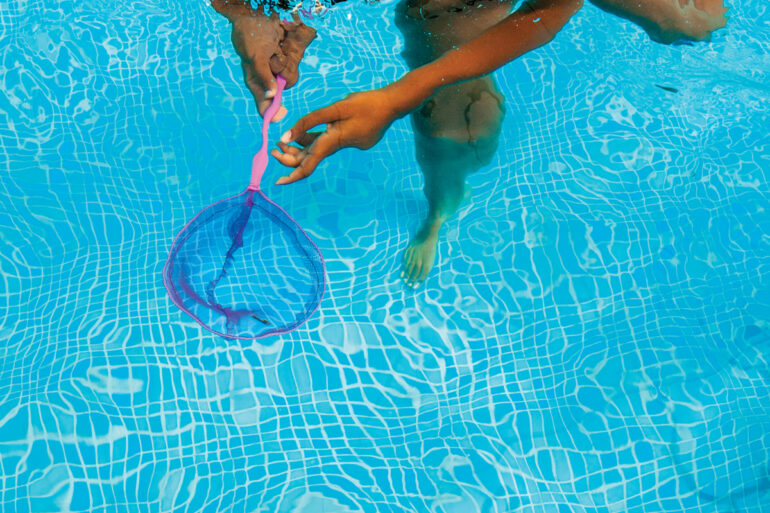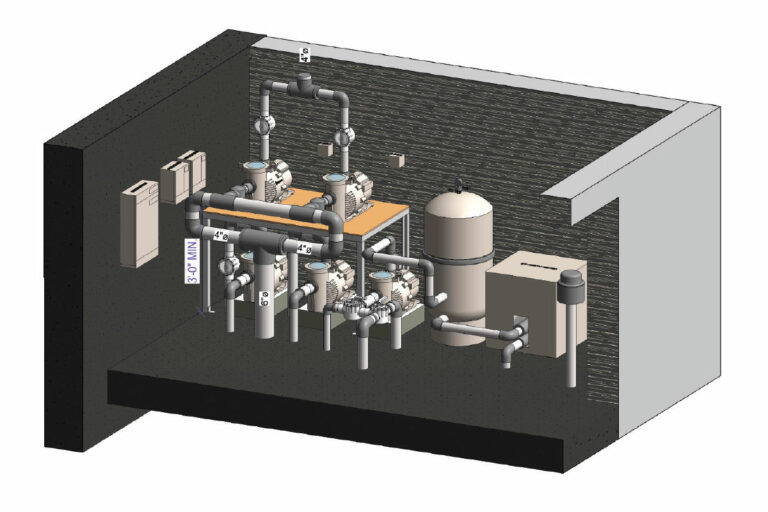Structural Cracking Solutions
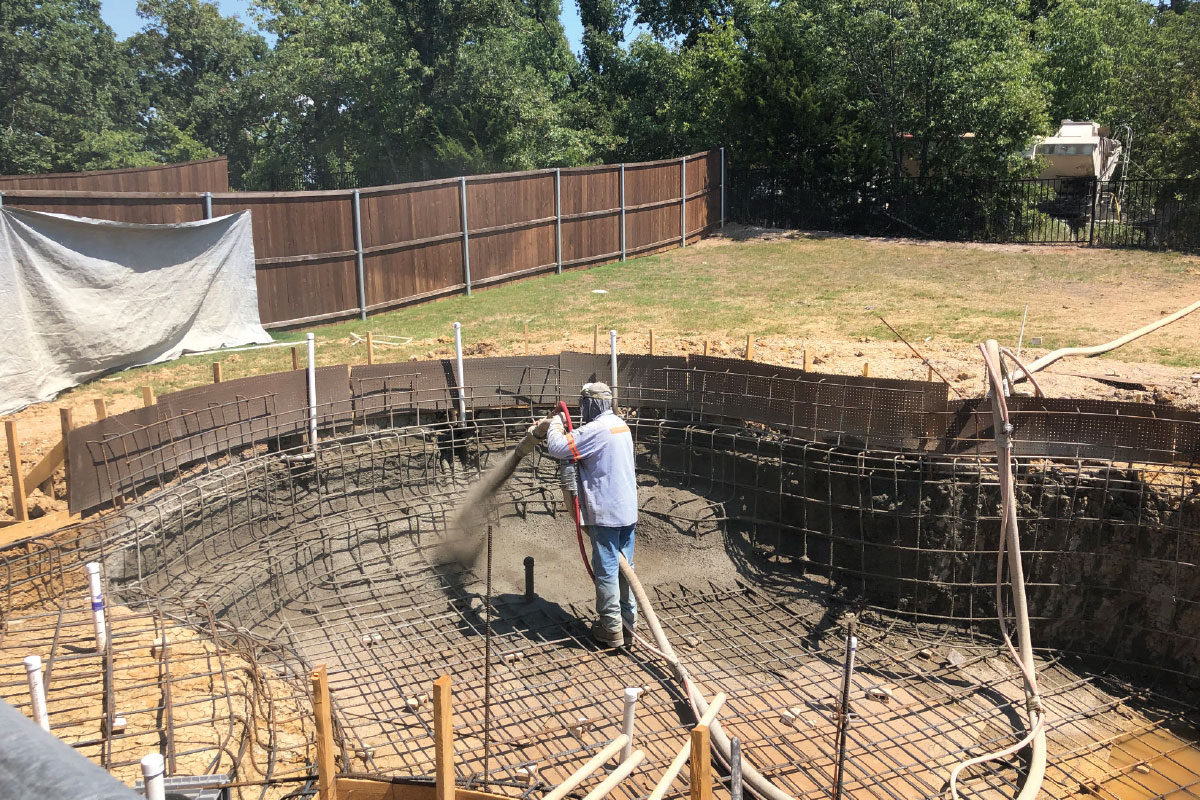
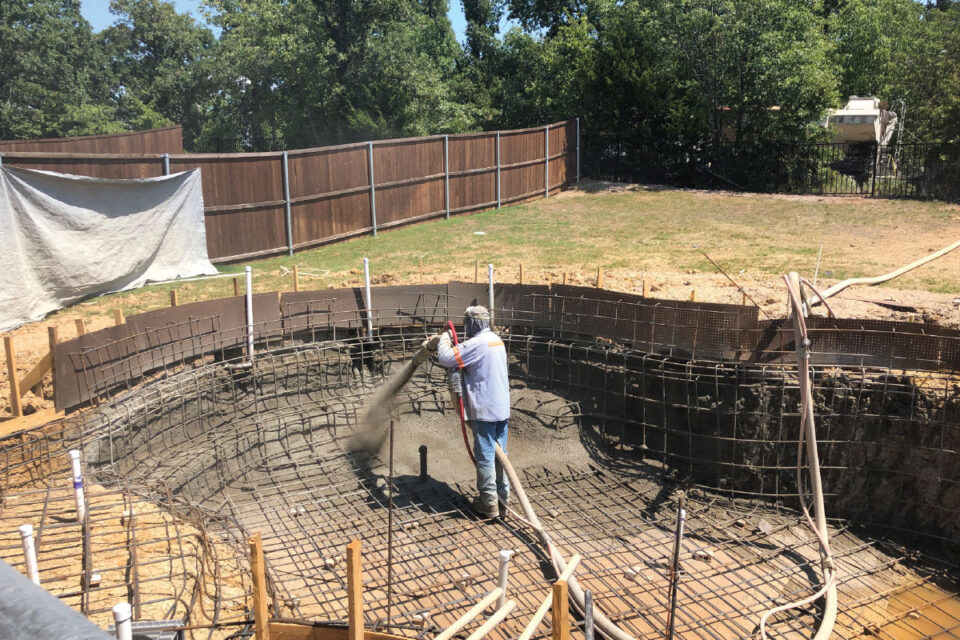
Paolo Benedetti says pool owners should not have to accept cracks in pool shells as an inherent risk to owning a pool. While there is a difference between shrinkage cracks and structural cracks, says Benedetti, founder of Aquatic Technology Pool & Spa in Morgan Hill, California, “in a properly built shell, structural cracks should never occur.”
Unfortunately, shoddy workmanship, lack of soil knowledge and ground shifts are the most likely causes of structural cracks, says Chris Bowen, president of Bowen Pools in Flower Mound, Texas.
Both say cracks can be prevented with proper soil study and construction techniques. The stability of the soil on which the pool shell will be poured is key and varies by soil type: For example, Bowen says Texas soil has a lot of clay, which expands and contracts frequently with wet springs and dry summers. That movement can cause cracks in the shell if the soil is not pretreated.
To combat that fluctuation, Bowen Pools injects a compound into the soil that prevents contraction and expansion. Another solution to soil instability is to install piers, using rebar and concrete, to act as table legs supporting the shell.
Bowen Pools offers customers the services of an engineering firm to determine the soil conditions. If the customer chooses to not use the service, which adds approximately $4,000 to the cost of the pool construction, Bowen does not offer a five-year warranty.
“We’re not experts in structural engineering, and I don’t want to pretend to be one,” Bowen says. “I don’t want to assume the risk for guessing what causes an issue with a pool.”
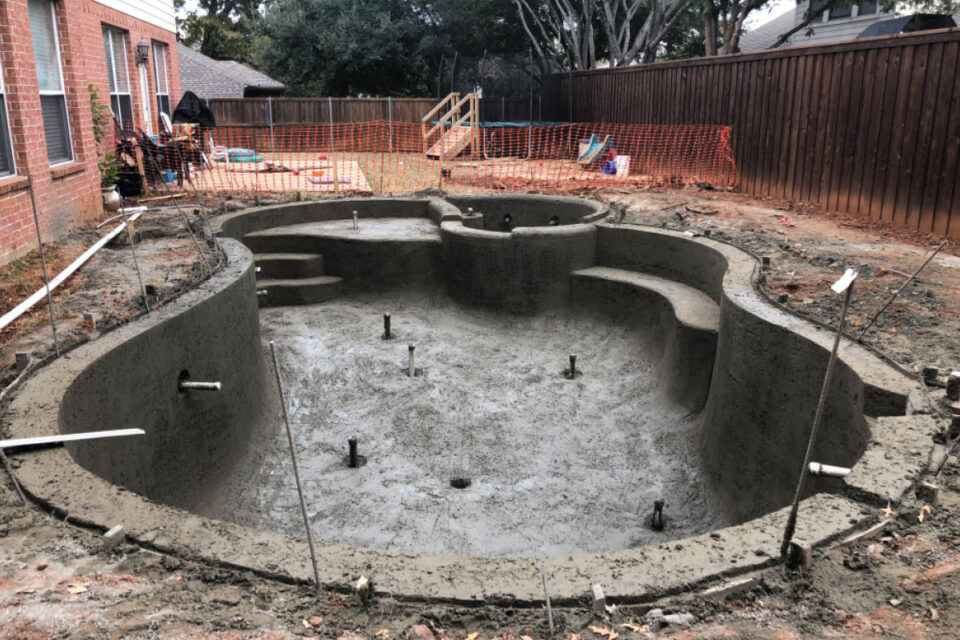
The firm Bowen uses does both soil analysis and structural engineering, and Benedetti recommends the latter’s use to investigate whether a crack is shrinkage or structural and make suggestions for repair.
“Trying self-diagnostics followed by self-prescribed repairs only leads to self-destruction,” Benedetti says. “Many DIY attempts at structural repairs do not even meet the building code requirements.”
Weak concrete also often causes structural cracks, Bowen says. His company suggests 4,000 psi (higher for salt pools) and uses shotcrete, or wet spraying, to get that strength. He says the goal is for the concrete to cure to 6,000 psi. The correct curing process is crucial and begins with the American Concrete Institute recommendation of a 30-day cure, he adds.
“We put soaker hoses around our pools and set them on timers and that way they’re constantly being given water,” Bowen says. “A lot of people will have homeowners come out and spray the shells. But that’s just one more way for a homeowner to mess things up and should be the responsibility of the contractor.”
Cracks that do appear are easy to detect visually. Bowen and Benedetti say the best way to fix them is to tear out the area and rebuild it. The most common incorrect fixes are staples and epoxy or polyurethane injection, says Benedetti. Epoxy or polyurethane injection is frequently misused to fill structural cracks; if the shell isn’t stabilized, the fillers cannot ‘glue’ the shell back together.
Caulking gun applications of crack fillers don’t seal the cracks against water intrusion, and once water gets into shrink cracks, it will eventually reach the structural steel, promoting corrosion. “After all, it is the proper encapsulation of the reinforcement with concrete that prevents corrosion,” Benedetti says.
If the proper amount of steel is present within the structure, Benedetti says these small cracks will remain tight and not open. Most shrinkage cracks do not extend through the structure.

Benedetti explains staples are not compliant with building code ACI-318 as a repair method because:
- The staples are installed too shallow within the structure to provide the proper amount of concrete coverage.
- The corrosion resistance of the stainless steel of the staples has been compromised at the welds. Without passivation of the stainless steel after installation, anywhere the stainless steel was cut, ground, hammered upon, scratched or heat-treated will have the corrosion resistance compromised.
- The staples do not provide the minimum overlap of the structural reinforcement as required by the codes.
- The staples are not electrically bonded to the existing reinforcement.
Nothing is being done to prevent reflective cracking from transmitting to the repaired surface veneer. “I’ve yet to find a structural engineer who says staples are an approved crack repair method,” Bowen says. “We’ve had people putting thousands and thousands of dollars into staples, but if you have that many cracks in the pool, and you’re doing a staple every foot, at that point you’re better off to rip out the shell and build a new pool to do it correctly.”


